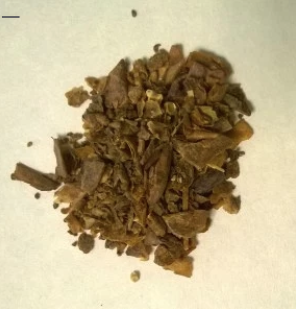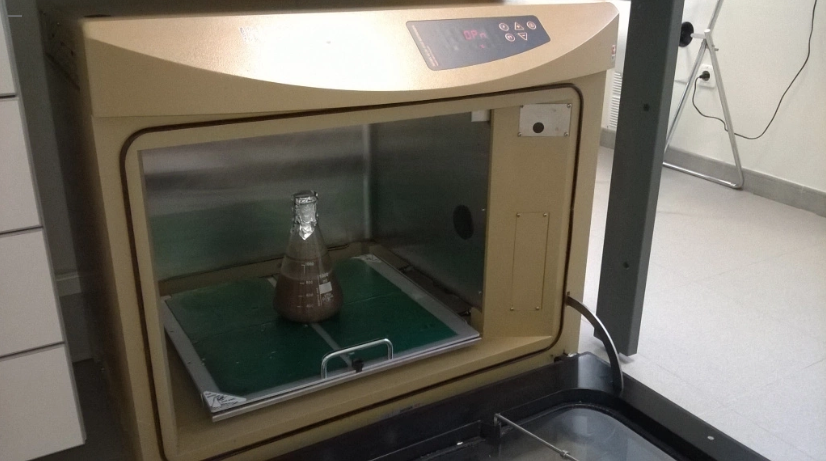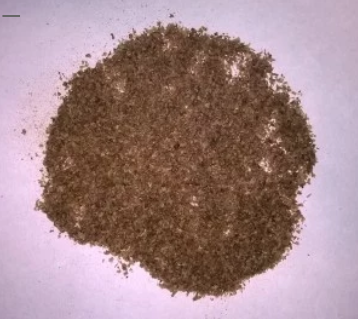Biobutanol can be obtained by sugar fermentation. One of the main objectives of Waste2Fuels is the development of suitable pretreatments for lignocellulosic biomass, in order to release simple sugars from cellulose and hemicellulose, thus obtaining fermentable streams for biobutanol production.

Apple pomace, a waste from juice and cider industries, has been successfully employed for biobutanol production. A relatively simple pretreatment method, employing only water and surfactants, has been proposed by ITACyL. Thanks to this technology, and after an enzymatic hydrolysis step, apple pomace broths were fermented and yielded about 9 g/L butanol.


These results have been presented at the international scientific conference WCCE 10 held in Barcelona (Spain) in October 2017, and they have been recently published in Applied Microbiology and Biotechnology.
Similarly, potato peel from a snack factory was degraded by employing autohydrolysis (water at high temperature) and enzymatic hydrolysis, thus obtaining a fermentable hydrolysate which produced 8 g/L butanol.
These data have been expounded by ITACyL at the international scientific conference ICEMM09, which took place in Bologna (Italy) in September 2017.

Coffee silverskin, a byproduct from roasting industries, was also successfully pretreated by autohydrolysis and enzymatic hydrolysis at ITACyL’s facilities, yielding about 6 g/L butanol after fermentation.
These findings will be presented soon at the international scientific symposium ESBES 2018, which will be held in Lisbon (Portugal) in September 2018.
It is remarkable that no detoxification step prior to fermentation was needed for any of the three agro-food waste hydrolysates tested.
